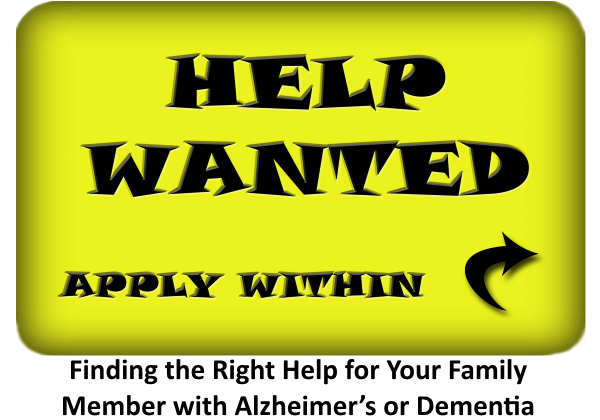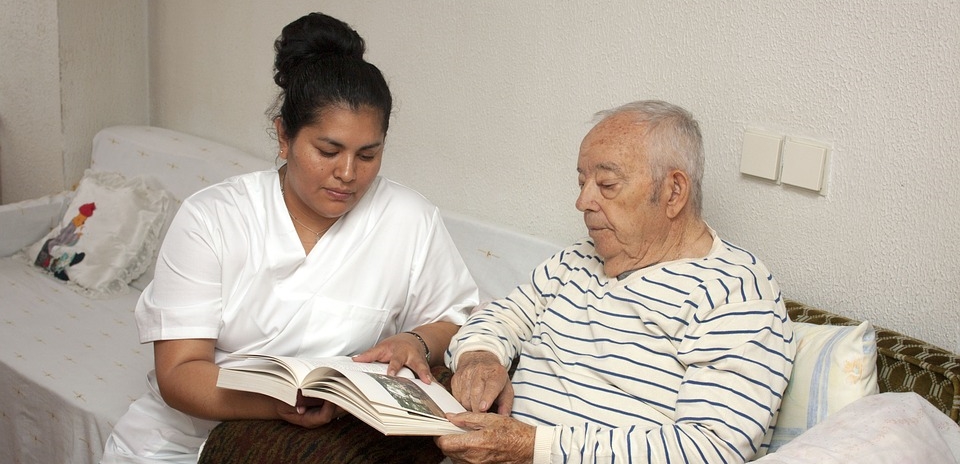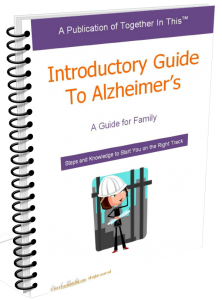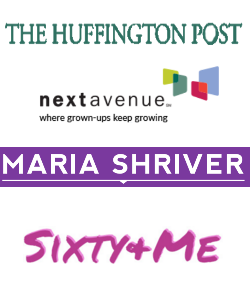Guest Contributor:

Alzheimer’s or dementia can take an emotional and mental toll, not just on the person struggling with the disease, but also on the lives of people around them.
It is heartbreaking to see the confusion, loss, anxiety, and sometimes anger of the person with Alzheimer’s who is struggling to make sense of a world in which they no longer remember the faces of loved ones or cannot recall major life events.
Finding the right help is about more than just finding the resources to tend to that person’s basic needs, such as eating and bathing. It’s also about being able to provide a support system in which the person with the disease truly feels safe, respected, and cared for.
But where can such help be found? Here we’ll talk about one resource, the CDPAP program, that aims to help both the individuals afflicted with Alzheimer’s dementia while also providing a viable means of support and resources for the caregivers themselves.
Finding Help in a Culture of Non-Support
The difficulty in finding proper resources is there is a general culture of non-support for individuals and their families coping with Alzheimer’s. Part of this is due to lack of government recognition of the disease, which puts all those involved in a position where the families of Alzheimer’s patients are still struggling.
Without the necessary recognition, the efforts of people caring for the individual with Alzheimer’s largely go unacknowledged.
Caregiving for Alzheimer’s often ends up requiring round-the-clock care.
It might involve being around to make sure that the individual with Alzheimer’s doesn’t wander off and get lost, or making sure the individual doesn’t harm themselves and others around them in the turmoil of not knowing where they are and who is around them.
To make it easier to find help in such a culture of non-support, we need to make great changes to the existing support systems and demand greater recognition to create better networks and resources.
Leading the Conversation on Empathy and Compassion
Part of the ways in which we, as a society, can create much-needed changes to this system of non-support is to lead the conversation on instilling empathy and compassion for Alzheimer’s and dementia.
It involves bringing the stories of individuals with Alzheimer’s and their families to the public. It’s about putting a human face and story on a dehumanizing disease.
But while these societal goals are necessary, there is still an urgent need for resources to help individuals and their caregivers now.

Institutional vs At-Home Care
Currently, there are two resources for individuals and families of Alzheimer’s: institutional vs at-home care.
Institutional care is what most people think of as nursing homes. These can be private or public assistance institutions, and the nurses and doctors at these places do amazing work in helping individuals with Alzheimer’s.
Unfortunately, these facilities can also be costly and sometimes unaffordable for families with limited means.
At-home care breaks down into two separate options: visiting caregivers and live-in caregivers. Visiting caregivers are often nurses who provide care for the ailing patient until a friend or family can take over after work.
Visiting caregivers allow the Alzheimer’s individual to receive care in the comfort of their own home. But as with institutional support, these visiting caregivers can also be costly.
The other option for at-home care comes from friends and family who commit themselves to tending to the needs of the loved one with Alzheimer’s.
But until recently, this type of care has put the caregivers in a difficult place. They must either give up their jobs in order to provide constant care, or everyone involved must work in a rotating schedule to ensure that the individual with Alzheimer’s has all the care they need at all times.
The strains placed upon friends and families providing at-home care, however, now seems like it could become a little less burdensome.
Family and Friend Caregiver Programs Supported by CDPAP
With the Consumer Directed Personal Assistance Program (CDPAP), it seems changes are underway for the caregivers of individuals with Alzheimer’s.
Under the CDPAP, individuals with Alzheimer’s can select to receive care from the people they love and trust the most: their friends or family members.
With CDPAP, Alzheimer’s individuals no longer have to fear being placed in an institution in the care of people they don’t know at all, and their families no longer have to worry that their loved one might suffer from isolation or neglect at an institution.
The power of caregiving is in the hands of the family member or friend who elects to be the personal assistant.
The CDPAP not only empowers individuals with Alzheimer’s, but it also supports the financial security of the caregivers themselves.
Under CDPAP, the caregiver receives fiscal support from an intermediary institution of the state. Put simply, by taking on the job of being a personal assistant, they are also paid like a personal assistant should be.
With programs like CDPAP, it appears that more resources and help are becoming available for individuals with Alzheimer’s and their caregivers. These programs are just one example of how as a society, we can acknowledge and repay the help of caregivers by paying it forward.
Who is Eligible for CDPAP:
• You should be a resident of NY and adult
• You need to have Medicaid
• You should be in a position to receive home care
• You must either be self-directing or a representative should be there to direct your care
• Most applicants/ consumers have to be enrolled in a type of Medicaid Managed Care to be eligible for CDPAP
For more information visit: CDPAP Program
If you like what you’ve read, why not receive periodic updates when you:
Subscribe to the TinT Newsletter
Have you used CDPAP or do you have a similar service in your area? I’d love to hear from you in the comments below:





Leave a Reply